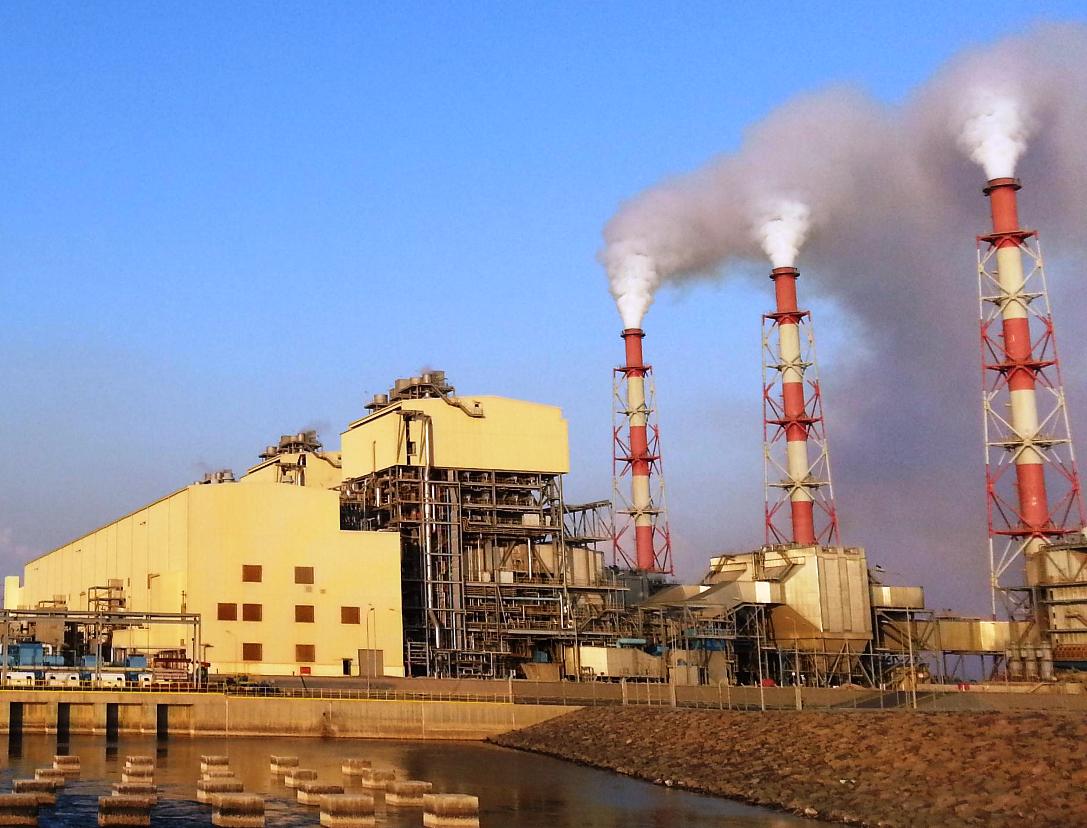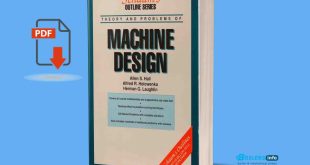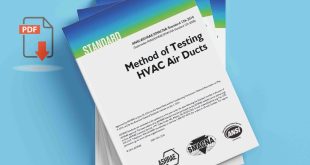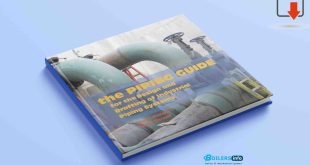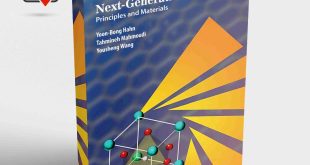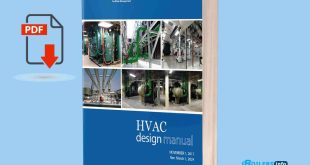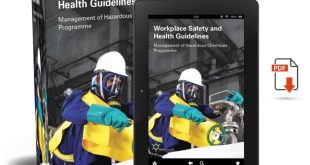Introduction: Boilers are widely used in industries and households for various purposes, including heating, power generation, and industrial processes. However, the combustion of fuels in boilers can release harmful pollutants into the atmosphere, contributing to air pollution and its associated health and environmental impacts. In this blog post, we will delve into the topic of air pollution emissions and flue gas emission standards during combustion in boilers, exploring the key pollutants, their sources, and the emission standards in place to mitigate their effects.
Water Tube Boiler Parts and Functions
- The Impact of Boiler Combustion on Air Pollution:
- Discuss the primary pollutants emitted during the combustion process, such as nitrogen oxides (NOx), sulfur dioxide (SO2), particulate matter (PM), and carbon monoxide (CO).
- Explain how these pollutants are formed and their detrimental effects on human health and the environment.
- Highlight the significance of addressing emissions from boilers to improve air quality and reduce the overall impact of air pollution.
The topic of air pollution is elaborated under the following sub-topics:
a. PM in flue gas
b. Hazardous gases
1. Carbon monoxide (CO)
2. Nitrogen oxides (NOx)
3. Sulphur oxides (SOx)
Particulate Matter in Flue Gas:
PM is a general term used for describing a heterogeneous mixture of both solid particles (namely dust, dirt, soot, and smoke) and liquid droplets found in air or gas. PM can be suspended for long periods of time. Large or dark particles are seen as soot or smoke while the small ones cannot be detected by the naked eye. PM can be either a primary or secondary pollutant. Secondary PM is formed indirectly from the chemical change of primary PM when gases from burning fuels react with sunlight and water vapor. PM in flue gas is essentially the fly ash and unburnt C particles elutriated from the combustion chamber. They cause dust nuisance in the surroundings, harming the infrastructure as well as humans. They are captured by appropriate dust-collecting equipment.
Carbon Monoxide
CO is a colorless, odorless, and highly toxic gas formed when C in fuel is not burnt completely. Motor vehicle exhaust contributes maximum to CO emissions in the air. The others are mainly industrial processes such as metal processing and chemical manufacturing, residential wood burning, and natural sources such as forest fires. The best way to limit CO is to optimize the combustion parameters and adopt prudent combustion techniques that provide the 3Ts (time, temperature, and turbulence) in adequate measure.
NOx Nitrogen Oxides in Flue Gas
Fuel NOx and thermal NOx are the two types produced in boilers at high temperatures from N2 in fuel and N2 in air, respectively. NOx generation is reduced by lowering the flame temperature through one of the several techniques available. Post-combustion it can be trapped by subjecting the flue gases to reduction reactions of selective catalytic reaction (SCR) or selective non-catalytic reduction (SNCR).
SOx Sulphur Oxides
In power plants and industries, colorless SOx gases are formed when any fuel containing S, such as coal and oil, is burnt in normal ways. Over 65% of SO2 released into the air comes from electric utilities that burn coal. SOx in flue gases is detrimental as they cause low-temperature or dew-point corrosion and attack AH and low-temperature flues. Flue gas cooling in boilers is limited by this factor.
Flue gas desulphurization (FGD) or deSOx plants are installed near the boilers, before the stack, to precipitate SOx out of the flue gases. Alternately FBC, with its in-furnace desulphurization reaction with limestone addition, can prevent the generation of SOx altogether.
- Flue Gas Emission Control Technologies:
- Explore various flue gas treatment technologies used to control emissions from boilers, including electrostatic precipitators (ESP), fabric filters (baghouses), selective catalytic reduction (SCR), and flue gas desulfurization (FGD) systems.
- Discuss the principles behind each technology and how they help remove or reduce specific pollutants.
- Provide examples of successful implementation of these technologies in different boiler applications.
- Emission Standards and Regulations:
- Explain the importance of setting emission standards and regulations for boilers to limit the release of pollutants into the atmosphere.
- Discuss the role of international organizations, such as the World Health Organization (WHO) and regional bodies, in establishing guidelines and standards.
- Highlight some prominent emission standards and regulations that govern boiler emissions, such as the European Union’s Industrial Emissions Directive (IED), the United States Environmental Protection Agency’s (EPA) Clean Air Act, and China’s National Emission Standards for Boilers.
- Advances in Boiler Design and Combustion Technologies:
- Present innovative approaches and technologies that aim to reduce air pollution emissions from boilers.
- Discuss advancements in boiler design, such as low-NOx burners, staged combustion, and fluidized bed combustion, which help minimize pollutant formation.
- Explore the integration of renewable energy sources and waste-to-energy technologies in boiler systems to further enhance sustainability and reduce emissions.
Conclusion: Wrap up the blog post by emphasizing the critical role of addressing air pollution emissions and adhering to flue gas emission standards during boiler combustion. Highlight the importance of ongoing research, technological advancements, and regulatory efforts in achieving cleaner and more sustainable boiler operations. Encourage readers to stay informed and engaged in efforts to mitigate air pollution and promote environmentally friendly practices in the field of boiler combustion.
 Boilersinfo Boiler and Mechanical Power Digital Library
Boilersinfo Boiler and Mechanical Power Digital Library
